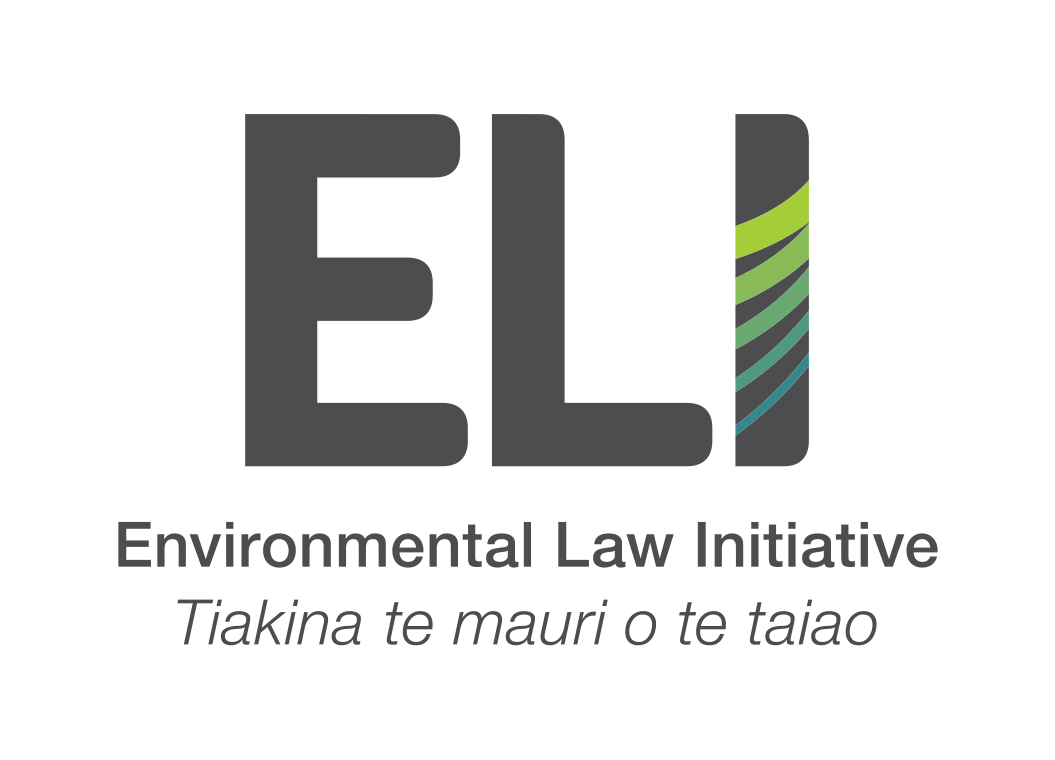Concerns over lack of transparency and timely data in government’s latest freshwater report
The Ministry for the Environment has released its latest report on the state of freshwater in Aotearoa, “Our Freshwater 2023”, which provides an overview of the state of freshwater in Aotearoa, New Zealand. The report, produced by MfE and StatsNZ, highlights concerning findings, including that 45% of rivers in NZ are considered “un-swimmable” due to the risk of bacterial infection, and 68% of groundwater sites have failed drinking water standards between 2014 and 2018. The report has drawn international attention for its findings, and has been met with mixed responses from experts.
While elements of the report contain strengths, ELI is concerned that the 2023 iteration misses a crucial opportunity to provide a comprehensive assessment of changes in freshwater health over time. The ERA mandates that domain reports should include descriptions of the current state of the domain, impacts, and pressures, and compare the findings with previous reports to track changes:
According to s 11(2)(a), the report must describe: “changes to the state of the domain over time, including, if information in the report is able to be compared with that in a previous domain report, changes to the state of the domain since that previous report was published. “
ELI’s review of Our Freshwater 2023 reveals that while some indicators in the report rely on updated time-series data since the previous “Our Freshwater 2020” report, the 2023 report does not set out the changes in these indicators since 2020. For instance, the report mentions that only 2% of lakes are rated as ‘good’ or ‘very good,’ a fact that has now received international attention. However, it does not assess how this has changed since the 2020 report, leaving readers without a clear picture of the rapid and substantial change.
“Comprehensive, clear and transparent reporting is crucial for understanding the state of freshwater in New Zealand and tracking changes over time.”
Additionally, there are problems with the lack of transparency in the report regarding which information has been repackaged from previous reports and from when. This lack of clarity makes it challenging for readers to fully grasp the context of the data.
Comprehensive, clear, and transparent reporting is crucial for understanding the state of freshwater in New Zealand and tracking changes over time. However, we are concerned that the report by the Ministry for the Environment (MfE) has not adequately addressed important aspects of environmental monitoring and reporting.
In ELI’s view, it is critical to address these issues now to evaluate the effectiveness of policy measures, rather than wait for future reports under the new system.
ELI remains committed to advocating for better compliance, monitoring and enforcement practices to ensure freshwater health is actively prioritised. We will be sharing updates on our action in this space shortly, in the meantime: follow us on Facebook, Instagram and Twitter to stay updated.

